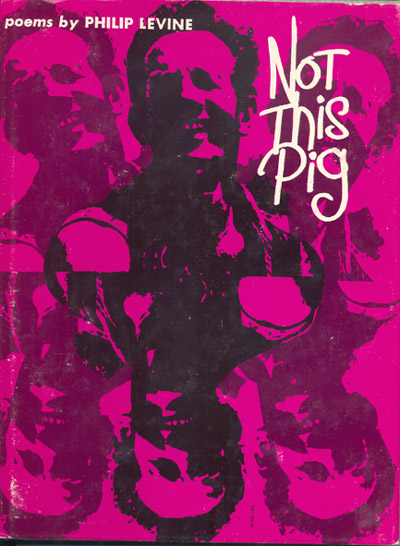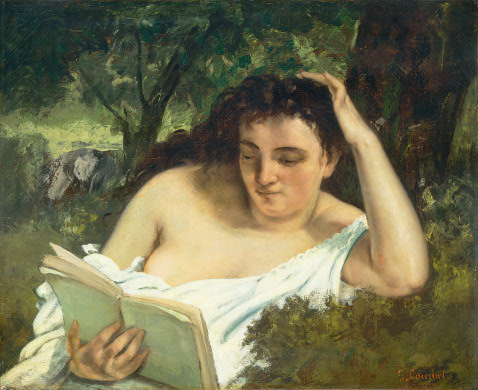The Media in Transition 6 conference (MiT6) at the Massachusetts Institute of Technology is scheduled for April 24-26, 2009. The conference theme is “Stone and Papyrus, Storage and Transmission.” The deadline for submitting proposals is January 9, 2009.
Ms. Modigliani and I went to MiT5 in 2007, and we found it to be one of the most engaging, thought-provoking conferences we’ve done. With her help I made peace with PowerPoint (a great leap of faith for a blind flaneur) and used it to present Curiosity & The Blind Photographer. It was my goal last year to talk about re-imagining accessibility at a conference, that was not devoted to disability, and MiT5 was the venue. Mine was the only talk there with a disability perspective. Media in Transition needs more disability perspectives. I hope my friends and readers will consider it. Here is the Call for Papers:
In his seminal essay The Bias of Communication, Harold Innis distinguishes between time-based and space-based media. Time-based media such as stone or clay, Innis agues, can be seen as durable, while space-based media such as paper or papyrus can be understood as portable, more fragile than stone but more powerful because capable of transmission, diffusion, connections across space. Speculating on this distinction, Innis develops an account of civilization grounded in the ways in which media forms shape trade, religion, government, economic and social structures, and the arts. [See Marshall Soules’ 1996 essay on Harold Innis]
Our current era of prolonged and profound transition is surely as media-driven as the historical cultures Innis describes. His division between the durable and the portable is perhaps problematic in the age of the computer, but similar tensions define our contemporary situation. Digital communications have increased exponentially the speed with which information circulates. Moore’s Law continues to hold, and with it a doubling of memory capacity every two years; we are poised to reach transmission speeds of 100 terabits per second, or something akin to transmitting the entire printed contents of the Library of Congress in under five seconds.
Such developments are simultaneously exhilarating and terrifying. They profoundly challenge efforts to maintain access to the vast printed and audio-visual inheritance of analog culture as well as efforts to understand and preserve the immense, enlarging universe of text, image and sound available in cyberspace.
What are the implications of these trends for historians who seek to understand the place of media in our own culture?
What challenges confront librarians and archivists who must supervise the migration of print culture to digital formats and who must also find ways to preserve and catalogue the vast and increasing range of words and images generated by new technologies?
How are shifts in distribution and circulation affecting the stories we tell, the art we produce, the social structures and policies we construct?
What are the implications of this tension between storage and transmission for education, for individual and national identities, for notions of what is public and what is private?
We invite papers from scholars, journalists, media creators, teachers, writers and visual artists on these broad themes. Potential topics might include:
* The digital archive
* The future of libraries and museums
* The past and future of the book
* Mobile media
* Historical systems of communication
* Media in the developing world
* Social networks
* Mapping media flows
* Approaches to media history
* Education and the changing media environment
* New forms of storytelling and expression
* Location-based entertainment
* Hyperlocal media and civic engagement
* New modes of circulation and distribution
* The transformation of television — from broadcast to download
* Cosmopolitanism backlashes against media change
* Virtual worlds and digital tourism
* The continuity principle: what endures or resists digital transformation?
* The fate of reading
See details on how to submit a proposal.
MiT6 is presented by MIT Comparative Media Studies and the MIT Communications Forum.
![gustave_caillebotte_paris_street_rainy_day Gustave Caillebotte. Paris Street, Rainy Day (La Place de l’Europe, temps de pluie). 1877. Oil on canvas. Art Institute of Chicago. [Source: Wikimedia Commons]](../wp-content/uploads/2009/02/gustave_caillebotte_paris_street_rainy_day_1877_wiki.jpg)
![Fog at Isle Royale [Source: wildmengoneborneo.com] Fog at Isle Royale [Source: wildmengoneborneo.com]](../wp-content/uploads/2008/04/isle_royale_fog.jpg)
 If there is an emerging genetic underclass, I could run for class president or class clown. Read more in
If there is an emerging genetic underclass, I could run for class president or class clown. Read more in 

interesting subjects, especially the time-base/space-based dychotomy, which is turned on its head if you look at it from a blind perspective: time is space, space is time….i’ll think some more.
will you go again and present? I look forward to hearing about your experience.
Thanks for visiting Large Print Ideas. My email is tim (at) timobrienphotos (dot) com and you can find me also at http://www.timobrienphotos.com.
Looking forward to seeing you on flickr. There are several artists in our group, each does his or her own thing. Everyone is welcome.
Alex, thanks for considering it. I thought the time-space metaphors would interest you. Tim, yes, I plan to go and hope to present.. Maybe you would consider it, too? MiT6 is certainly a platform for large print ideas.